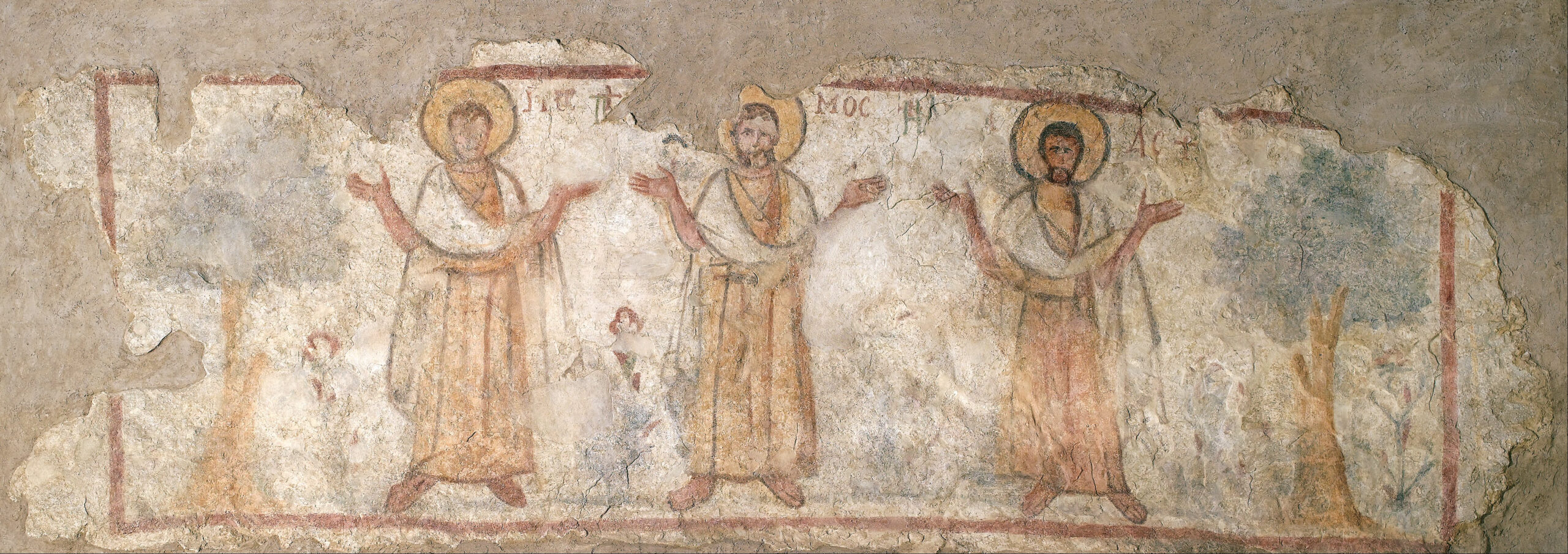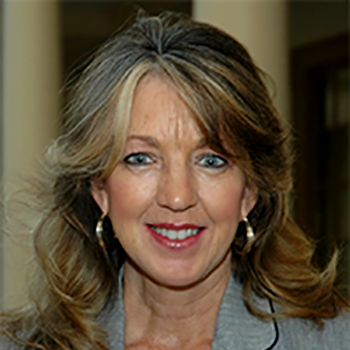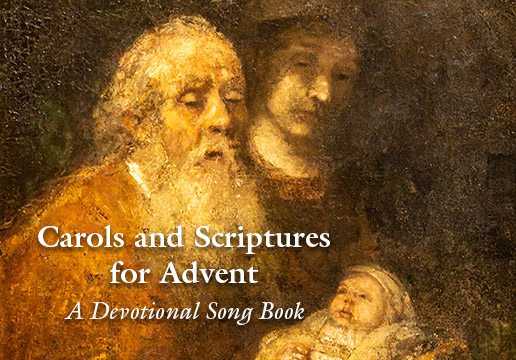
DECEMBER 13
View the Full Advent Calendar
O Come All Ye Faithful
Artwork:
Wall Painting Depicting Saints at Worship Caesarea, Israel, (7th C.), is a wall painting using the pigment on plaster, secco technique. Housed at the Israel Museum, Jerusalem, this wall painting decorated the interior of a building in the port of Caesarea. It depicts three men with halos standing between bushes and trees and raising their arms in veneration.
Carol Text: Frederick Oakeley, 1841;
Carol Melody: Frederick Oakeley, 1700’s;
Piano accompaniment by Lezlie Taguding
![]()
O come all ye faithful, joyful and triumphant
O come ye, o come ye to Bethlehem
Come and behold Him
Born the King of Angels
Chorus:
O come let us adore Him
O come let us adore Him
O come let us adore Him
Christ the Lord
![]()
God of God
Light of light
Lo, he abhors not the Virgin’s womb
Very God, begotten, not created
![]()
Sing choirs of angels
Sing in exultation
Sing all ye citizens of heav’n above
Glory to God
Glory in the highest
![]()
Yes Lord, we greet Thee
Born this happy morning
Jesus to Thee be all glory giving
Word of the Father
Now in flesh appearing
“The Word became flesh and made his dwelling among us. We have seen his glory, the glory of the one and only Son, who came from the Father, full of grace and truth.”
- John 1:14
Advent Devotional
This aching invitation to “come, all ye faithful, . . . to Bethlehem” places the singer both among the shepherds who rushed to see the Christ child, and in the long procession of the “faithful” who have journeyed to Bethlehem in their hearts for over 2,000 years. Indeed! God has become flesh to live among us! He has made His dwelling with us! We get to see His glory! Come Faithful Ones to see Him! You can tell I’m a little bit excited about coming to adore Him.
The third stanza amazingly invites us as the “faithful” to join our voices with the angels singing “Gloria in excelsis Deo” (Luke 2:14). The refrain then becomes a cosmic chorus uniting heaven and earth. To sing of His grandeur with the angels -how glorious!
An all-time favorite Christmas hymn, the history of this carol appears to reveal that it is actually the result of a collaboration of several musicians, poets, and clergy over a time span of two millennia. What we sing today is a 19th-century version of a hymn written in the 18th century, but stanza two establishes a link to the church that reaches all the way back to 325 A.D., at the Council of Nicea, where the Nicean Creed originates. The carol’s text paraphrases what we boldly state in the Creed:
“…God from God, Light from Light, true God from true God, begotten, not made, of one Being with the Father; through him all things were made.”
This Christmas, come faithful ones! Adore Him! He has become flesh to dwell with us!
Prayer
Dear Heavenly Father,
You are glorious.
Thank you for coming
to be like us…
let us adore You in new
and wonderful ways
this Christmas.

Lynne Marie Kohm
ProfessorLynne Marie Kohm, serves as the John Brown McCarty Professor of Family Law at Regent University School of Law. She is the author of the books Estate Planning Success for Women and The Christian Guide to Wills, Living Trusts and Estate Planning. Her professional affiliations include and have included the Virginia State Bar Family Law Section Board of Governors, Virginia Bar Association Domestic Relations Council, Christian Legal Society, American Bar Association, Eagle Forum, Alliance Defense Fund, Concerned Women for America, and Bethany Christian Services. She and her husband have two children.




